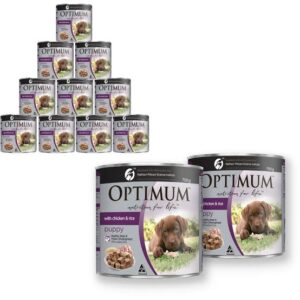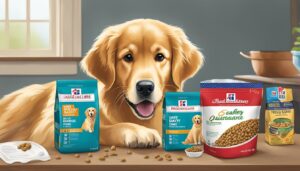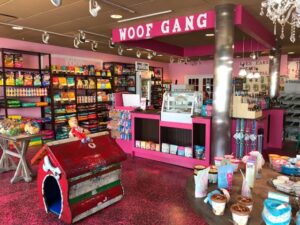Why Does My Dog Pant So Much In The Car ?
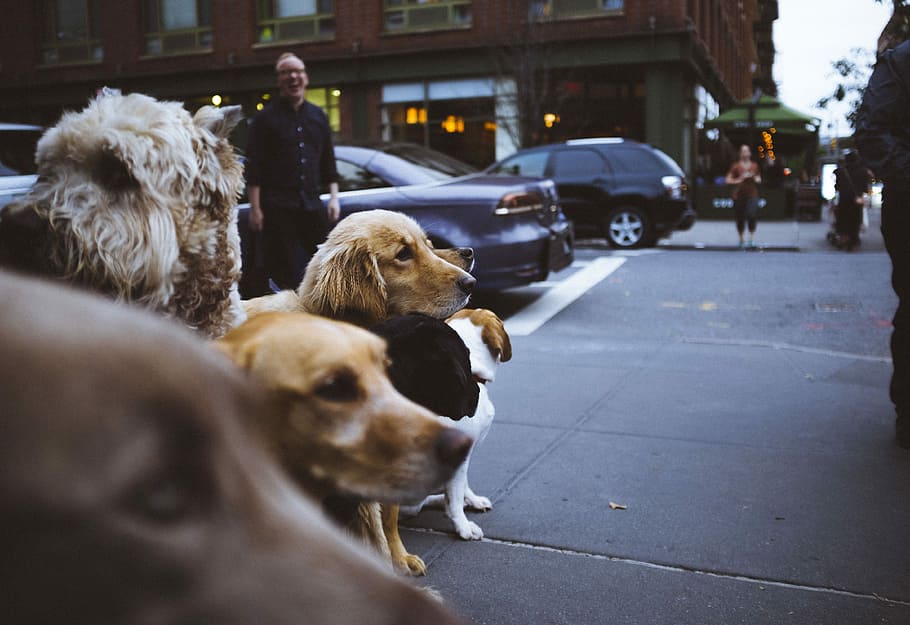
Why Does My Dog Pant So Much In The Car :- Dogs are notorious panters, and the confines of a car seem to amplify this behavior. But why do dogs pant in the car? Panting serves as a dog’s primary cooling mechanism, akin to sweating in humans. However, excessive panting during car rides warrants investigation and measures to mitigate it.
Intense panting in the car often signifies restlessness or anxiety in dogs, posing a potential road hazard. To ensure safety, always secure your dog with a canine seatbelt to prevent distractions while driving.
If your furry friend exhibits excessive panting along with signs of distress such as wheezing, whimpering, or shaking, it’s crucial to address the underlying cause promptly. Identifying these indicators helps foster a more serene and comfortable car journey for both you and your canine companion.
Why Does My Dog Pant So Much In The Car What Does Panting Look Like?
Panting is a common behavior in dogs characterized by open-mouthed breathing, often accompanied by a faster breathing rate and sometimes with their tongues hanging out. This natural behavior serves various purposes, and there are numerous reasons why dogs pant.
Common Reasons Dogs Pant In The Car
Dogs pant to regulate their body temperature, especially since they lack sweat glands like humans. If your pup seems to pant excessively in the car, there are several reasons to consider:
- Hot Weather: Ensure the car temperature is comfortable or cool it down with the AC before traveling. Planning ahead on hot days by pre-cooling the car can make a significant difference in your dog’s comfort.
- Thirst: Dehydration can trigger panting, so offer your dog water regularly, especially during long car journeys. Don’t skimp on water breaks to save time; prioritize your dog’s hydration and well-being.
- Illness or Pain: Panting can signal discomfort or pain. If heat and dehydration aren’t the culprits, consider motion sickness or underlying health issues. Consult your vet for advice and consider medication or home remedies to alleviate your dog’s discomfort.
- Stress: Dogs may pant due to anxiety or stress, particularly during car rides. Watch for signs like yawning, lip licking, or restlessness. Gradually acclimate your dog to car travel and create a calming environment to ease their anxiety.

To ensure your dog’s comfort and safety in the car:
- Maintain a cool temperature.
- Provide fresh water regularly.
- Address any health concerns promptly.
- Create a secure and cozy space for your dog, such as a dog car seat or hammock.
- Prioritize your dog’s well-being for a pleasant travel experience for both of you.
Other Causes of Heavy Panting in Dogs
Intense panting or heavy breathing might also signal underlying health issues. For instance, eclampsia, colloquially known as milk fever, affects nursing mothers, resulting in low blood calcium levels, which can lead to tremors and difficulty standing. Furthermore, allergies, infections, or airway irritations can manifest as wheezy or noisy breathing in dogs.
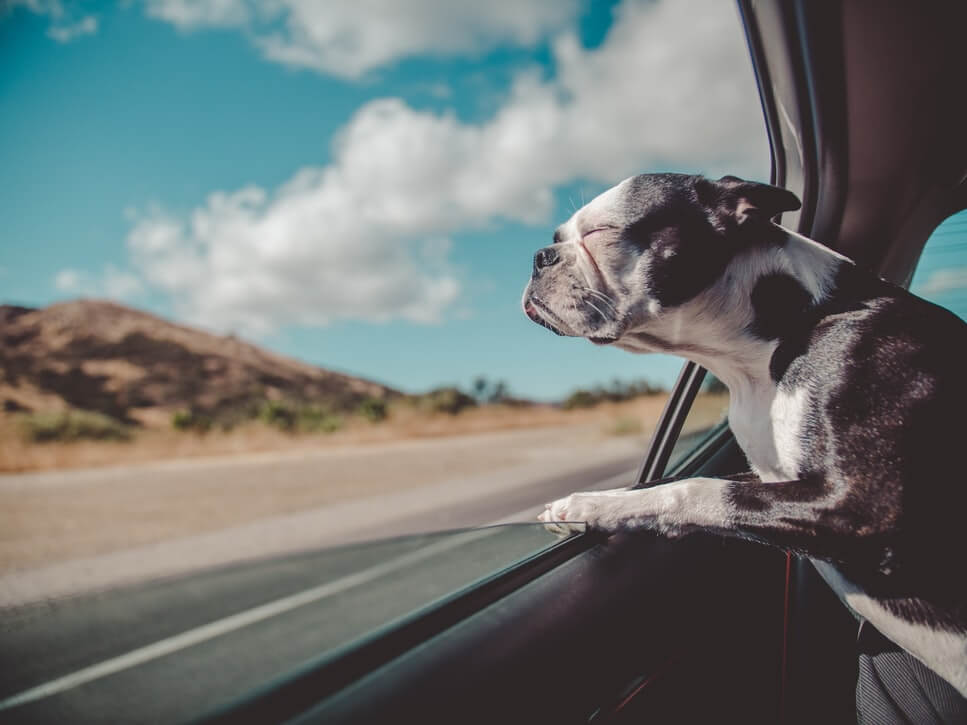
Regardless of your dog’s usual breathing pattern, any unexplained changes, including heavy panting, coughing, or wheezing, warrant immediate veterinary attention. It’s crucial to prioritize your furry friend’s health and well-being by promptly consulting with a vet to address any concerns.
Why Does My Dog Pant So Much In The Car How to Calm a Panting Dog
When your vet has given your panting pup a clean bill of health, here are some effective strategies to calm them down:
1. Distraction: Engage your dog in activities they enjoy, such as walks, playtime with new toys, or training sessions with tasty treats. Redirecting their focus can help alleviate anxiety and reduce panting.
2. Calming Dog Treats: Consider using specially formulated calming treats, like our Nibbles Dog Calming Treats, containing natural ingredients such as chamomile and L-Tryptophan. These treats are ideal for soothing stressed-out pups during car rides or fireworks displays.
3. Cooling Techniques: If your dog is overheated, employ methods to cool them down. Invest in a portable air conditioner, wrap them in cool towels, or offer frozen treats to help lower their body temperature and minimize panting, particularly in hot weather.
4. Nutritious Diet: Ensure your dog’s diet is rich in high-quality animal protein to meet their nutritional needs. Inadequate protein intake can lead to health issues like anemia and excessive panting. Opt for complete dog foods containing ample animal protein, whether wet, dry, or a combination of both, to support your dog’s overall health and well-being.
By implementing these strategies, you can help calm your panting dog and promote their comfort and happiness in various situations.
Make the Car Trip Comfortable
Creating a comfortable environment for your dog during car rides involves minimizing physical stressors and implementing practical strategies:
- Ensure your dog remains adequately hydrated throughout the journey.
- Maintain a cool interior temperature by utilizing the air conditioning system.
- Allow fresh air circulation by partially lowering windows.
- Schedule regular potty breaks to prevent bowel strain and discomfort.
- Limit your dog’s food intake a few hours before the ride to minimize the risk of nausea or vomiting.
- Engage your dog in a 20-minute exercise session before the ride to reduce overstimulation and excitement in the car.
- Provide mental stimulation by offering a KONG or puzzle toy to distract your dog during the journey.
Why do dogs pant at night?
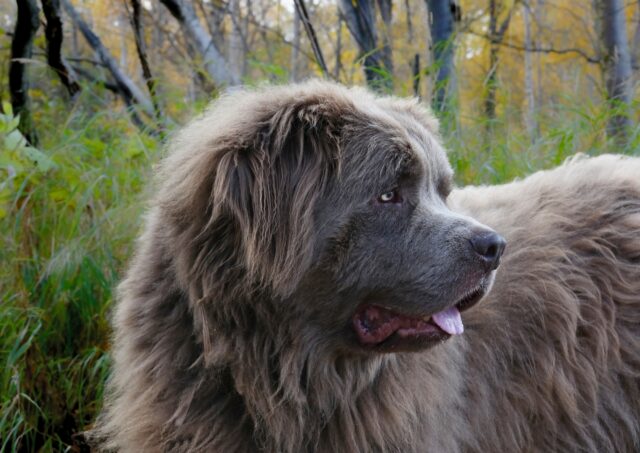
At night, dogs may pant due to various reasons, including anxiety, excitement, excessive heat, or pain. Senior dogs and puppies, in particular, may struggle with temperature regulation, leading to increased panting during nighttime hours. Additionally, signs such as restlessness, whining, and decreased appetite can indicate that your dog is panting at night due to underlying sickness or anxiety.
